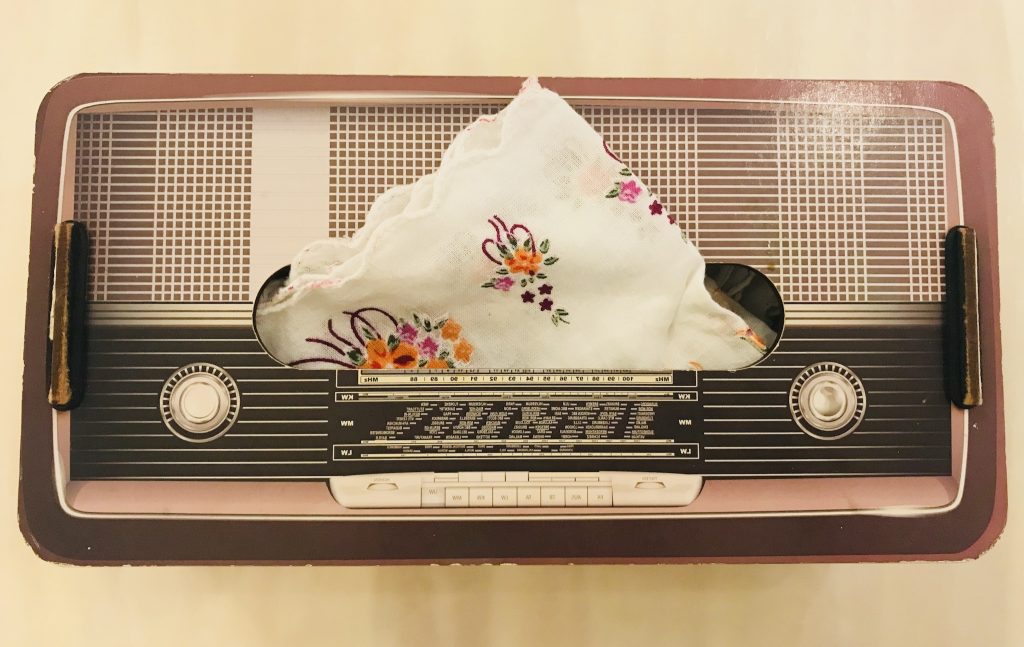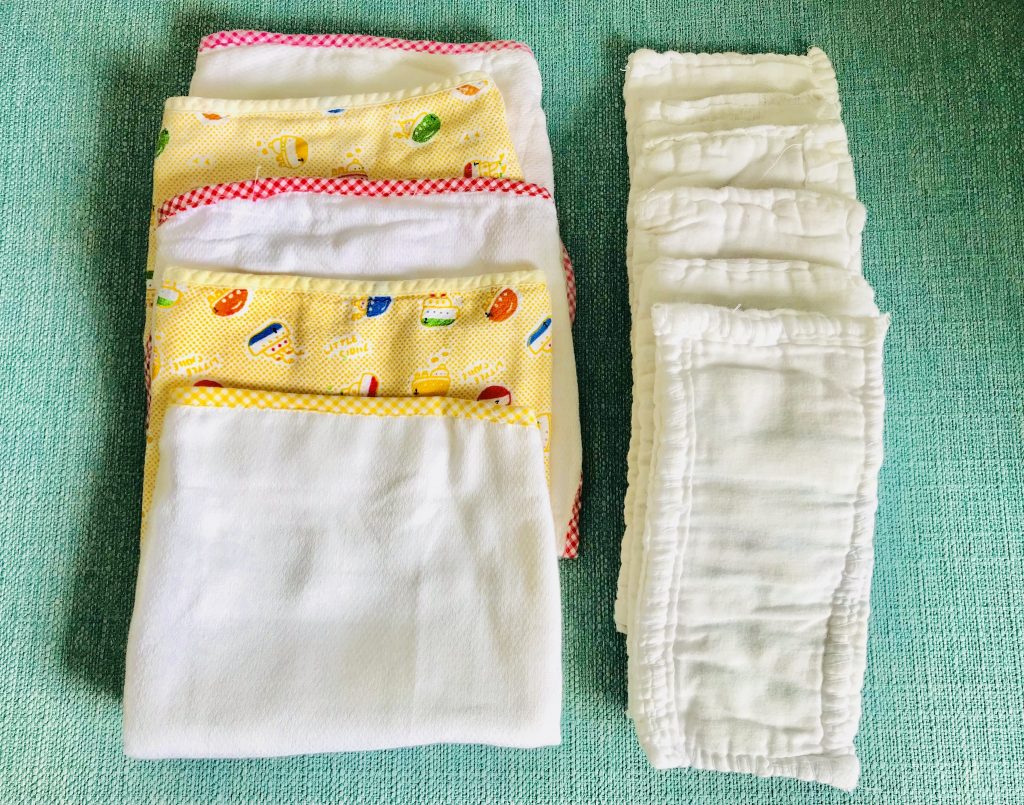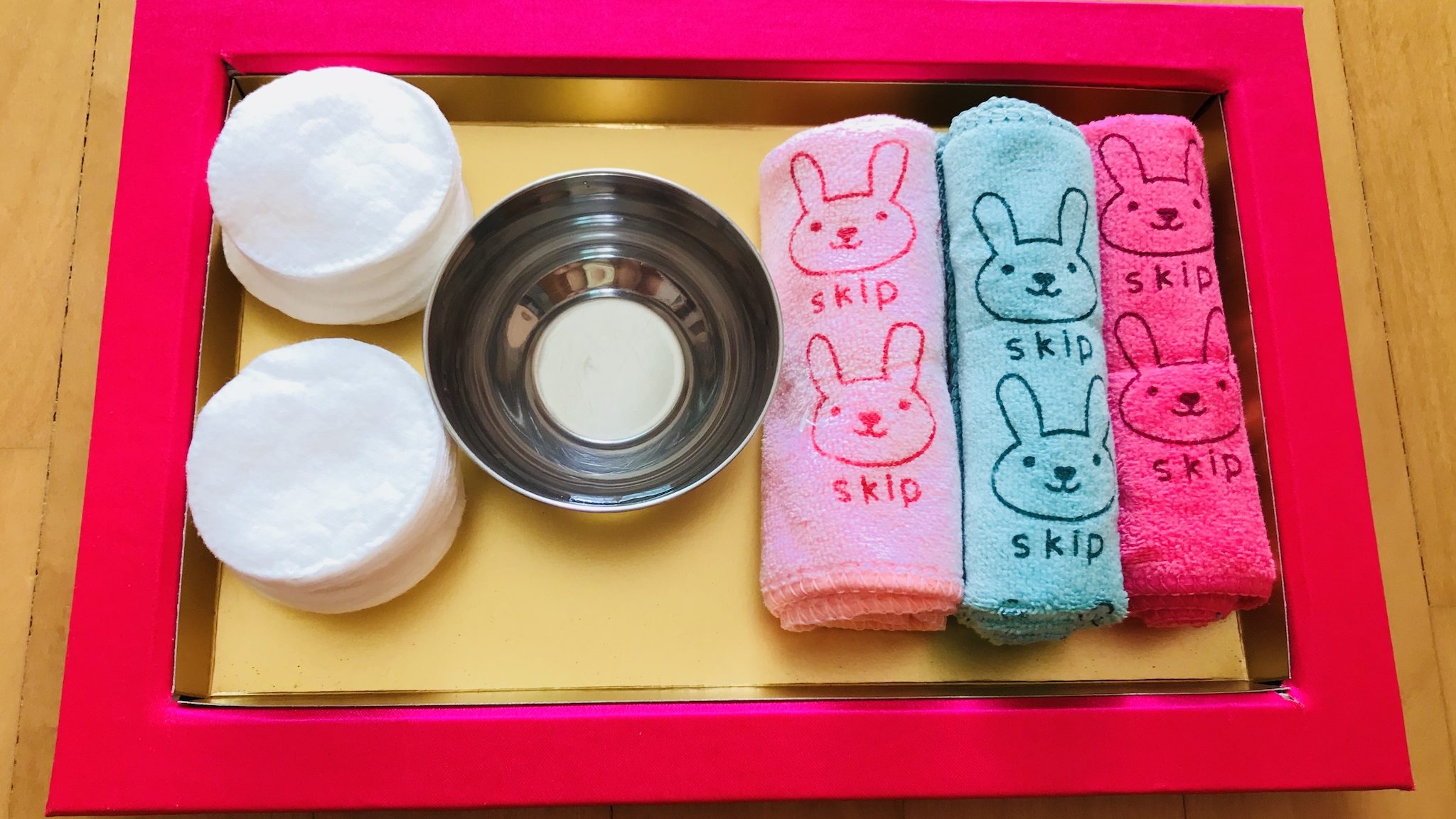Recently a friend of mine living in the condo organized a donation drive for children living in Bhutan. Things we could donate included clothes, books, shoes and toys and feeding bottles. I am a huge fan of reusing and recycling, so I immediately went through my kids’ cupboards and took out everything that I thought would be useful. It felt great to do that because we live in a very consumerist society so it’s important to give back in any way we can. Even more so once we have kids, because we end up collecting so much unused/barely used stuff. Most days I find myself wondering if we really need so much and when we got into this Buy, Use and Throw trap. Yes, it takes a village, but I’m quite sure they meant people and not things.
Lately, there has been a lot more awareness around this topic, especially the environmental imbalance caused by single-use disposables such as diapers and wipes. While it can seem difficult to incorporate eco-friendly concepts into your daily lives, especially if you have young kids, luckily there are more sustainable alternatives available which can help you make your nursery more eco-friendly and baby-friendly.
1. To Wet Wipe or NOT

I’ve always been against using chemicals so when my children were born I was very skeptical about using wet wipes, especially given that I had never used them until the birth of my kids. So what’s the alternative? For cleaning poo, you could use bio-gradable cotton pads [order online on Redmart or buy from neighbourhood supermarket] which are more affordable and can last longer, and you can soak these in water to create your very own wipe. If it’s pee, you can also use a cotton wipe cloth. All you have to do is wet and wipe and then just chuck it in the laundry basket. To make life easier, you can make a little tray with the cotton pads and cotton cloth with a bowl of water and keep this permanently in the nursery or anywhere you regularly change the baby. It’s quick and easy, and a million times better for your baby than using a wet wipe. 4 reasons why should you avoid using wet wipes as far as possible
- I recently used them to get rid of paint stains on my couch and ketchup stains on clothes, so one thing I do know is that they are extremely potent. Imagine that on your baby’s skin!
- Once we have kids, we end up using them wastefully, usually under the guise of trying to be hygienic. In the process, we add to the ever-growing problem of waste on planet Earth.
- A study published in The Journal of Allergy and Clinical Immunology [full article here] warns that the use of baby wipes could lead to the formation of a food allergy so that’s one more reason to not use wipes, apart from the obvious ones like harming our babies skin and damaging our planet.
- There is research which also proves a direct correlation linking wet wipes to bacterial imbalances in the vagina. Reason enough to not use it on our baby girls.
2. Say YES to the Handkerchief
I know we have all used them at some point in our lives, and I think it’s time to bring them back. I did, thanks to my mom who got us super cute wipe cloths and handkerchiefs when the kids were born and that’s all we use now. It’s a great alternative to tissues especially for wiping babies’ hands and faces at mealtimes and otherwise. My 2-year-old loves using them too and every time someone hands her a tissue she will correct them and say please hand me the ‘kerchief. To make our lives easier, we fold them and put them in our tissue box and leave them on the dining table, so they are easily accessible.

A great place to source attractive towels is Daiso. Here is where you can find ‘tenugui’ the traditional Japanese style towel that comes in lovely colours and prints. These are 100% cotton and are super soft on baby’s skin, chemical-free and they are totally reusable. Too long for your little ones? Just cut up in half, sew the raw edges, Voila you have 2 hankies for the price of 1! To clean, just wash the towels with the rest of your laundry. Of course, we still need to use tissues, especially if it’s boogers or phlegm and more often than not when we are in restaurants it’s usually tissues, but we still try our best not to.
3. Replace PLASTIC with Glass, Steel or Wood
When you think babies, the first thing that comes to mind is milk bottles. For milk, why not start to use glass bottles? Whether it’s breast milk, formula or cow’s milk, all three would be hot/warm when poured into the bottle and that means chemicals leaching into your baby’s milk even if the plastic bottles say BPA free.
Why is BPA harmful? Your body’s endocrine system is made up of glands that release hormones to regulate growth, metabolism, and sexual development and function. When consumed, BPA mimics the hormone estrogen and disrupts the natural balance of your endocrine system. This is especially harmful for babies and children.
Moreover, glass bottles contain no harmful chemicals and are easier to clean than plastic because they are less likely to develop scratches. I love using glass bottles because they always smell clean and fresh and the milk doesn’t stick to the surface, especially the fat from breastmilk. Since the bottles don’t hold on to residue and odours they last longer and don’t have to be replaced every few months, unlike plastic bottles. Same rules apply for weaning and toddler mealtimes. Go for steel plates, bowls and spoons. Easier to clean, no chemicals, no danger of breaking, super durable and long lasting. You can buy glass bottles as well as adorable reusable cutlery at Mothercare or Motherswork in Singapore. For the steelware, you can head over to Mustafa in Little India.

These days most toys are also made of plastic, however wood is a great alternative. Nowadays you get lots of options and these last long, come in fun colours and are safe for your baby, especially if she/he’s putting them in their mouth. Head over to The Better toy store for some uber cool toys that are sustainably produced and planet friendly.

4. Hooray for CLOTH DIAPERS
A huge nod in favour of these! I’ve used them with both my kids and believe me when I say that they are super easy to use and are really great for your baby’s skin. Cloth diapers mean that their skin spends a lot more time in 100% cotton fabric that’s breathable and free of harmful chemicals, that disposable diapers, unfortunately, are full of. And since they don’t spend too much time in wet diapers you don’t need to worry about diaper rash or diaper creams (more chemical) especially given our hot and humid Singapore weather.
To start off, I bought cloth diapers and my mother made the padded inserts with old towels and muslin cloth, super amazing right! That’s when I realized that DIY is so much fun so this time around, before the birth of my younger daughter, my husband and I would sit together at night and stitch inserts for her. It was such a great way to bond and it also felt like the right thing to do as cloth diapers are not a single-use disposable and are planet friendly. Of course, you can always buy the inserts instead of making them or you can just buy cloth diapers that come with inserts stitched in. Fact is, that you have a range of options to choose from and the best part is that no matter what you choose, your baby stands to benefit the most.

We do a combination of cloth diapers and disposable diapers so it’s a good balance and easy to sustain in the long term. I know that there are some very motivated parents who use only cloth diapers. Way to go! Nowadays there is also a lot more awareness about cloth diapers and the good news is that there are several companies in Singapore that make super cute ones so go ahead and give them a try! Check link to find out where to buy cloth diapers in Singapore.
5. And Finally, Buy LESS, Use MORE
Yes. Sometimes that’s the easiest and the best thing to do. If you’re not sure that you need it, chances are you probably don’t. The baby industry is probably one of the biggest money spinners for the consumer goods industry. We as parents need to separate the necessary from the gimmicky and not get carried away by the 150 things that people say you must get before the baby is here. Buy what you need and save the rest for schools and amazing family holidays, things that your children will actually care about and remember.
Babies also outgrow stuff very quickly, so you will be left with a massive pile of hardly used clothes and you are only adding to the already growing pile of stuff that’s lying around the house with the lame excuse – it’s for the BABY! Here’s a reality check mamas and papas – baby don’t care! You might buy a super fancy toy for your baby but sometimes the packaging might be a lot more exciting than what is inside. Here’s 2 things we didn’t buy, and everything turned out fine ?:
Changing table – This is a highly unnecessary piece of furniture. You can change the baby on the bed, on the floor or even the couch. Plus, you will have to sell it after the first few months because by then your baby will be trying her/his best to wrestle out of your grip. Verdict – the floor is probably the safest place to change your baby.
Diaper pail – Yes you need it only if you throw out the trash every other week. But in Singapore, we all have garbage chutes or garbage bins located in our blocks and most days we usually take the garbage out twice a day. Plus, that’s one less thing to clean!
There’s more, but I don’t want to lose ALL my friends ?.
So how do you go about making your nursery more eco-friendly?
- Less is more. Keep it simple and fuss free. Don’t buy things you think you might need just because someone else says you do. Think about your lifestyle and your personality. Decide on an approach and let that guide you through the process. Everything is so readily and easily available in Singapore that you don’t need to stock anything. Just order when you need it.
- Reduce your carbon footprint. I know it’s hard to change everything all at once. But start with something that’s got the most chemicals (the most harmful for your baby) but is also the easiest to replace and then work your way around the rest. For us it was wet wipes.
- Reuse and recycle. Be practical – Yes it’s a baby but it’s also human so it needs food, love, hugs and shelter. And who will grow up just fine, with or without all the material goods. Buy second-hand when you can, donate when you’re done.
Why you should do it. Well for one, you can take comfort in the fact that you’re not leaving a massive trail of non-biodegradable waste in your wake. And, you will feel lighter and happier when you’re kinder to the planet. I also want to clarify that it wasn’t always like this and it’s been quite a journey to get here. Of course, we also read all those articles which tell you what you need to buy before the baby comes and so we bought wet wipes and plastic bottles and that was fine too.
The important thing is to keep checking yourself every time you reach for the easier option like wipes, because chemicals are probably not the best thing for your baby. I also remind myself that I want my children to respect our planet and mother earth and in order to do that, the change needs to come from me and that makes the process a lot easier. Word of warning though, this exercise can be quite the rabbit hole. The hardest part for me was convincing my husband who thought I’ve gone completely crazy! Especially when I said I was going to replace tissues with handkerchiefs ?. Nonetheless, it feels great to do it and I hope you will all give it a try!



